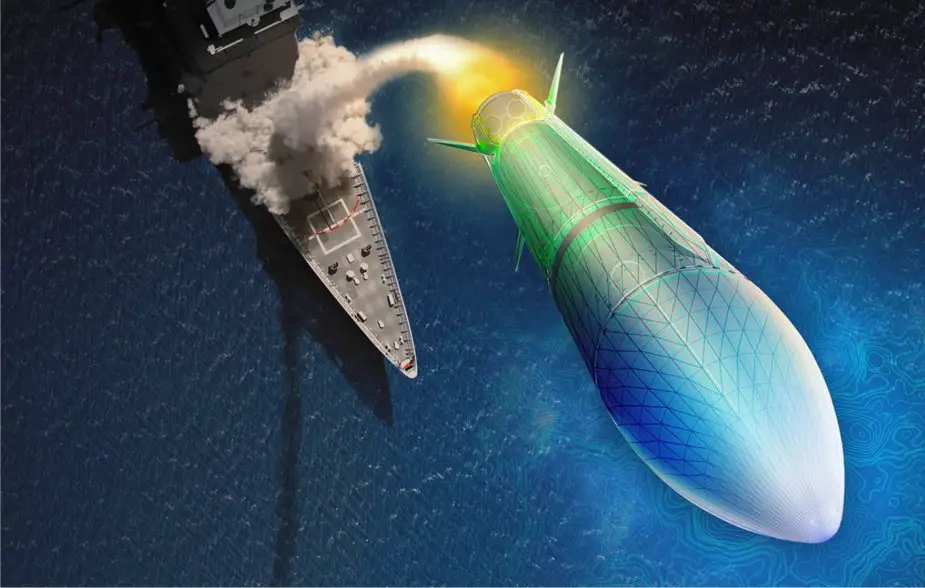Breaking news
Raytheon reaches new milestone to counter hypersonic missile threats.
According to a PR published by Raytheon Missiles & Defense on September 22, 2022, a Raytheon Technologies business, successfully completed the Systems Requirements Review – Prototype (SRR-P) for the Glide Phase Interceptor (GPI).
Follow Navy Recognition on Google News at this link
 Artist rendering of the Glide Phase Interceptor (Picture source: Raytheon)
Artist rendering of the Glide Phase Interceptor (Picture source: Raytheon)
GPI is designed to intercept hypersonic weapons in the glide phase of flight, providing the U.S. and allies with a regional layer of defense against hypersonic missile threats.
The SRR-P determination showcases RMD’s experience with ship launched missiles systems and their ability to mature critical hypersonic technologies that ultimately help meet fleet operational requirements against existing and future threats.
With SRR-P complete, Raytheon Missiles & Defense moves on to preliminary design.
Hypersonic weapons are missiles and projectiles which travel at between 5 and 25 times the speed of sound – about 1 to 5 miles per second (1.6 to 8 kilometres per second).
Below such speeds, weapons would be characterized as subsonic or supersonic, while above such speeds, the molecules of the atmosphere disassociate into a plasma which makes control and communication difficult. Directed-energy weapons such as lasers may operate at higher speeds but are considered a different class of weaponry.
Currently China, India, Russia and US have developed fully functional hypersonic weapons in the form of glide vehicles, ballistic missiles, rail guns and air-breathing cruise missiles having their own respective independent programs and have demonstrated sustained hypersonic combustions.




























